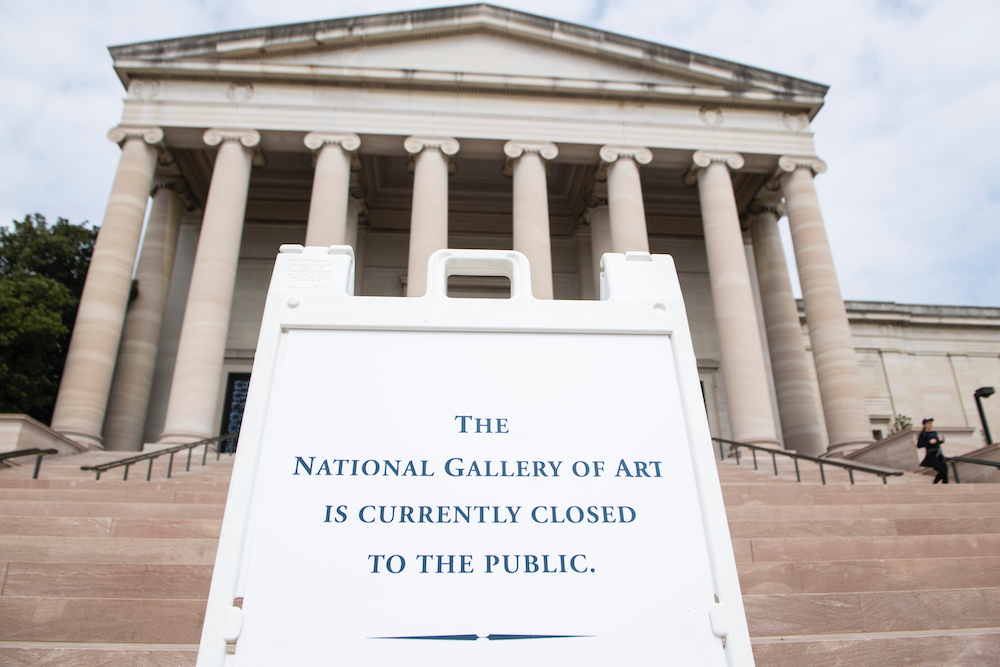[ad_1]
To receive Morning Links in your inbox every weekday, sign up for our Breakfast with ARTnews newsletter.
News
The National Gallery of Art reopened on Monday in Washington, D.C., greeting visitors for the first time since locking down in the spring. “There’s an old saying, ‘Life without art doesn’t make much sense,’” one attendee said. [The Washington Post]
Influential gallerist Gavin Brown is shutting down Gavin Brown’s Enterprise and joining Barbara Gladstone Gallery with many of his artists—among them Alex Katz, Arthur Jafa, Joan Jonas, and Rirkrit Tiravanija—in tow. [Artnet News]
Workers at Stony Brook Southampton Hospital looking for space to store ventilators stumbled upon a forgotten cache of paintings and prints by major artists including Willem de Kooning, Robert Dash, and Alexander Calder. Proceeds from sales of the works will support the hospital in the future. [The New York Post]
The public conflict between the Montreal Museum of Fine Arts and its former director Nathalie Bondil has led the Canada Council for the Arts, the country’s main grant-making body, to place the institution on “concerned status.” [The Art Newspaper]
Artists
Thessaly La Force wrote about the past and present of artist Ruth Asawa, who, seven years after her death, “is finally being recognized as an American master.” [T: The New York Times Style Magazine]
Artist and curator Gala Berger considers “the paradoxes involved in museums as a safeguard of history” in different kinds of dystopian science-fiction . “In these stories and films,” she writes, “the physical space of survival is generally the bunker, a place of privilege from which those who are able to consider the tragedy of tomorrow—rather than that of the everyday—can make decisions regarding their personal preservation.” [Terremoto]
Photography critic Sean O’Hagan wrote an appreciation of the powerful pictures of the recently departed Magnum Photos member Paul Fusco. [The Guardian]
In case you missed, read the ARTnews obituary for Fusco from last week. [ARTnews]
Misc.
After 30 years of the Americans With Disabilities Act, Michael Kimmelman considers how “designers and the public have come to think about equity, civil rights and American architecture.” [The New York Times]
[ad_2]
Source link

